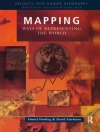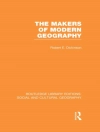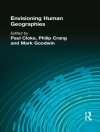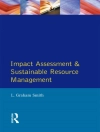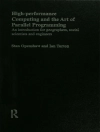How does your cell phone know where you are right now? How is our planet changing due to geodynamic processes and ongoing climate change? How can these changes be precisely measured from space in order to obtain reliable information about the melting of ice sheets or the threat to coastal regions from rising sea levels? This popular science book provides answers to these and many other socially relevant questions. It is aimed at interested nonprofessionals who want to learn more about our fascinating planet, but also at experts in natural sciences. You are taken on an exciting journey through time from the first surveys in ancient times to the satellite era, which is providing us with a global view of our home planet. Illustrative examples demonstrate how deeply global positioning and navigation with satellites pervade our daily life, and what fundamental contributions geodesy makes to understanding the Earth system and determining the effects of climate change.
With interview contributions by Günter Hein, Harald Lesch and Stefan Rahmstorf.
This book is a translation of the original German 1st edition Mission Erde by Detlef Angermann et al., published by Springer-Verlag Gmb H Germany, part of Springer Nature in 2021. The translation was done with the help of artificial intelligence (machine translation by the service Deep L.com). Content and language were subsequently revised by the authors. Springer Nature works continuously to further the development of tools for the production of books and on the related technologies to support the authors.
Inhaltsverzeichnis
Introduction.- Surveying the Earth through the ages.- Geodesy in the 21st century – Global reference systems and modern geodetic space observation techniques.- Our planet in focus – Phenomena of global change.- Social relevance of high-precision measurement of our planet from space.
Über den Autor
Detlef Angermann holds a doctorate in geodesy and heads the Research Area Reference Systems at the Deutsches Geodätisches Forschungsinstitut of the Technical University of Munich.
Roland Pail is Professor of Astronomical and Physical Geodesy at the Technical University of Munich. Florian Seitz is Professor of Geodetic Geodynamics and heads the Deutsches Geodätisches Forschungsinstitut of the Technical University of Munich.
Urs Hugentobler is Professor of Satellite Geodesy and heads the Satellite Geodesy Research Facility of the Technical University of Munich.



